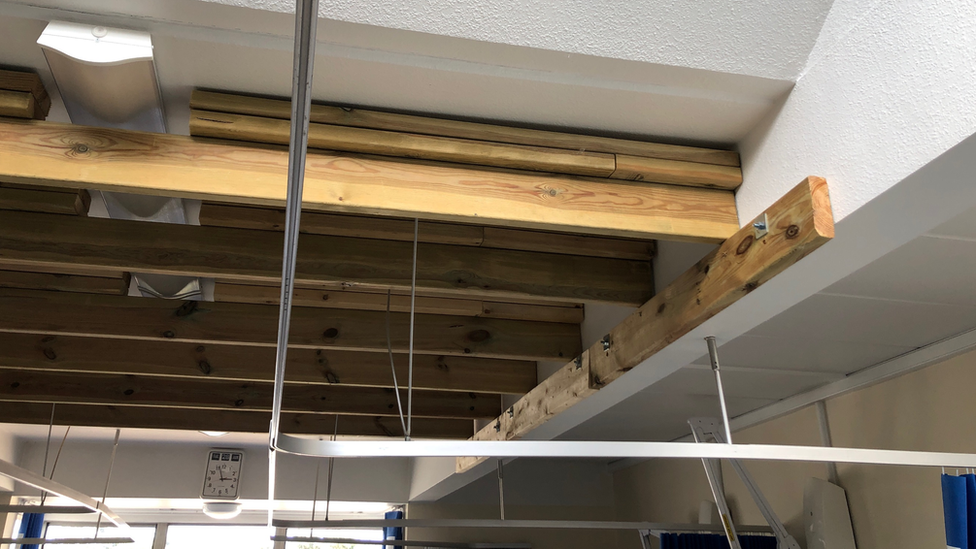Replacement hospital to be 'significantly larger'
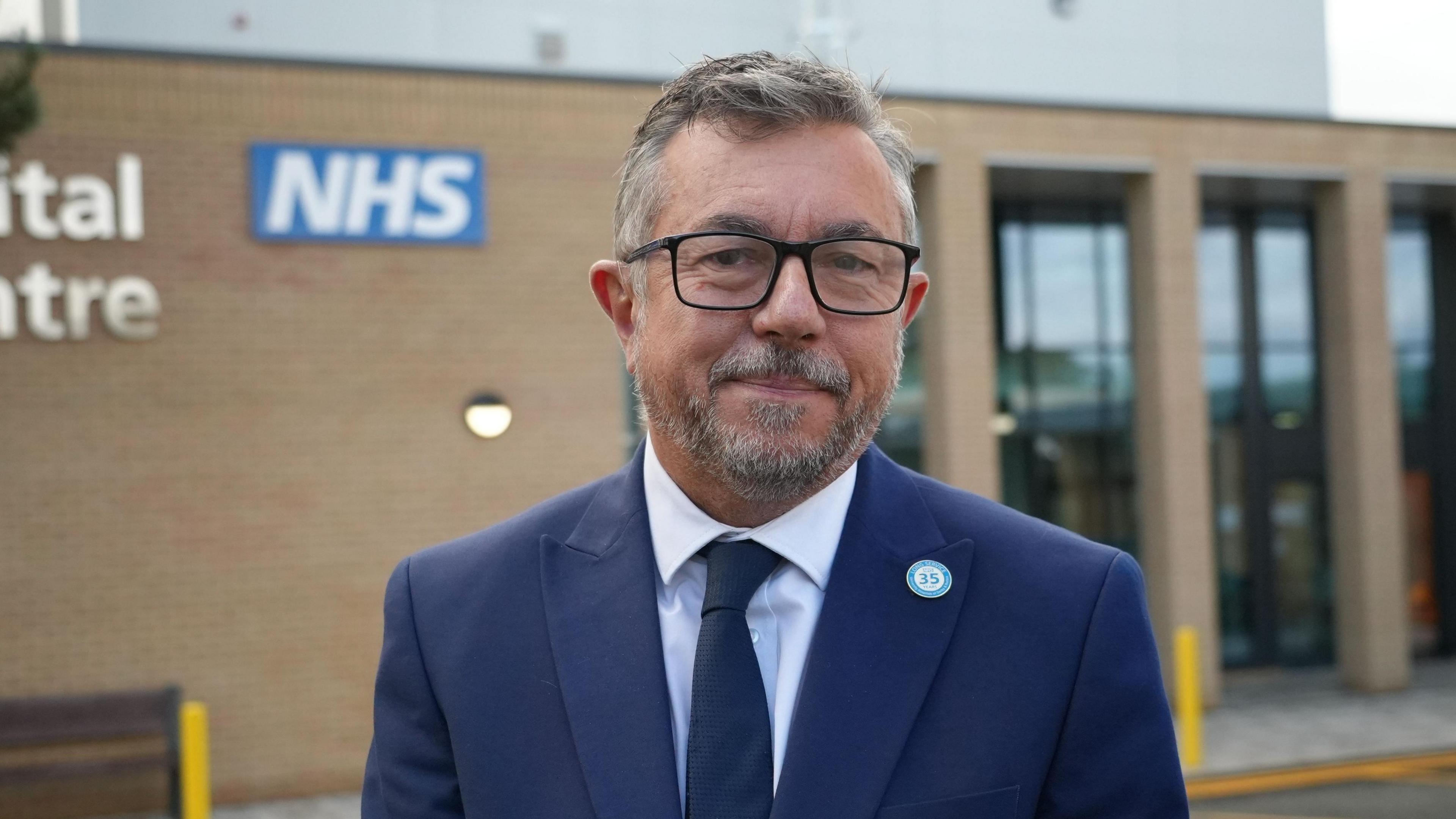
Paul Brooks said the design would be "developed over the next two years by the patients, the public and staff that are going to use it"
- Published
A new hospital for Norfolk will be larger than the current one and built on the site of the present hospital car park, an NHS trust has said.
The Queen Elizabeth Hospital NHS in King's Lynn requires replacing by 2030 after large areas were found to have been built using reinforced autoclaved aerated concrete (Raac), which is crumbling.
Hundreds of wooden and steel posts have been used to help prop up the roof, and the government said a new hospital needed to be completed by the 2030 deadline.
The NHS that runs the hospital has started a series of consultations to gauge public opinion on the new design.
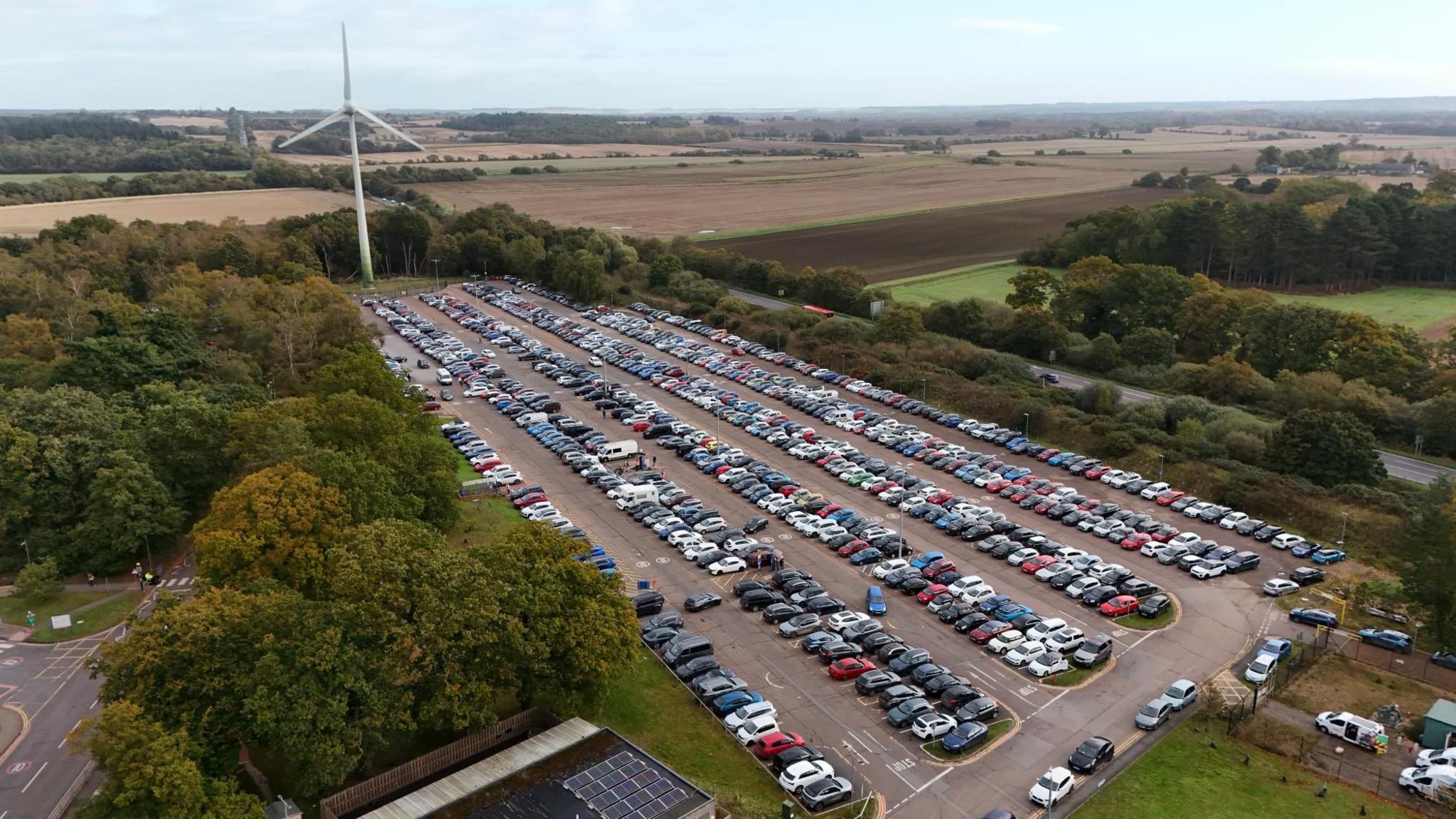
The planned site for the new Queen Elizabeth Hospital, which serves west Norfolk and parts of Cambridgeshire and Lincolnshire
Paul Brooks, director of estates and facilities for the Queen Elizabeth Hospital NHS Trust, said the new hospital would be "significantly bigger and a lot of the room layouts will be larger".
It would also retain the Queen Elizabeth name in honour of King Charles III's grandmother the Queen Mother, who was treated there.
It would also be a taller building, on a smaller footprint.
"The design will really be judged and developed over the next two years by the patients, the public and staff that are going to use it," said Mr Brooks.
He said the facility would be "fully digitised" with electronic patient records and more single rooms to "help with infection control".
It would also include:
social areas for staff where "people could come together to discuss their care"
MRI or X-ray facilities close to departments requiring them
a frailty clinic to serve an ageing population
a multi-storey car park
Parts of the hospital would initially be built off-site using modern methods of construction.
'Schedule will be tight'
After years of talking about whether a new hospital will happen, many are glad the conversation has finally moved on to what it will look like.
With the old Raac concrete hospitals now being prioritised nationally, it should be built on time. But the 2030 schedule will be tight.
The backup plan is to continue using the 21% of the current buildings that are not affected by crumbling concrete and gradually move in to as much of the new building as possible.
The size of the new hospital has also been a concern, with discussions nationally about whether the need for overnight rooms would be smaller, because people operated on would go home the same day.
It is good it will be bigger, but there is an ageing population and many are concerned mistakes from the past could be repeated.
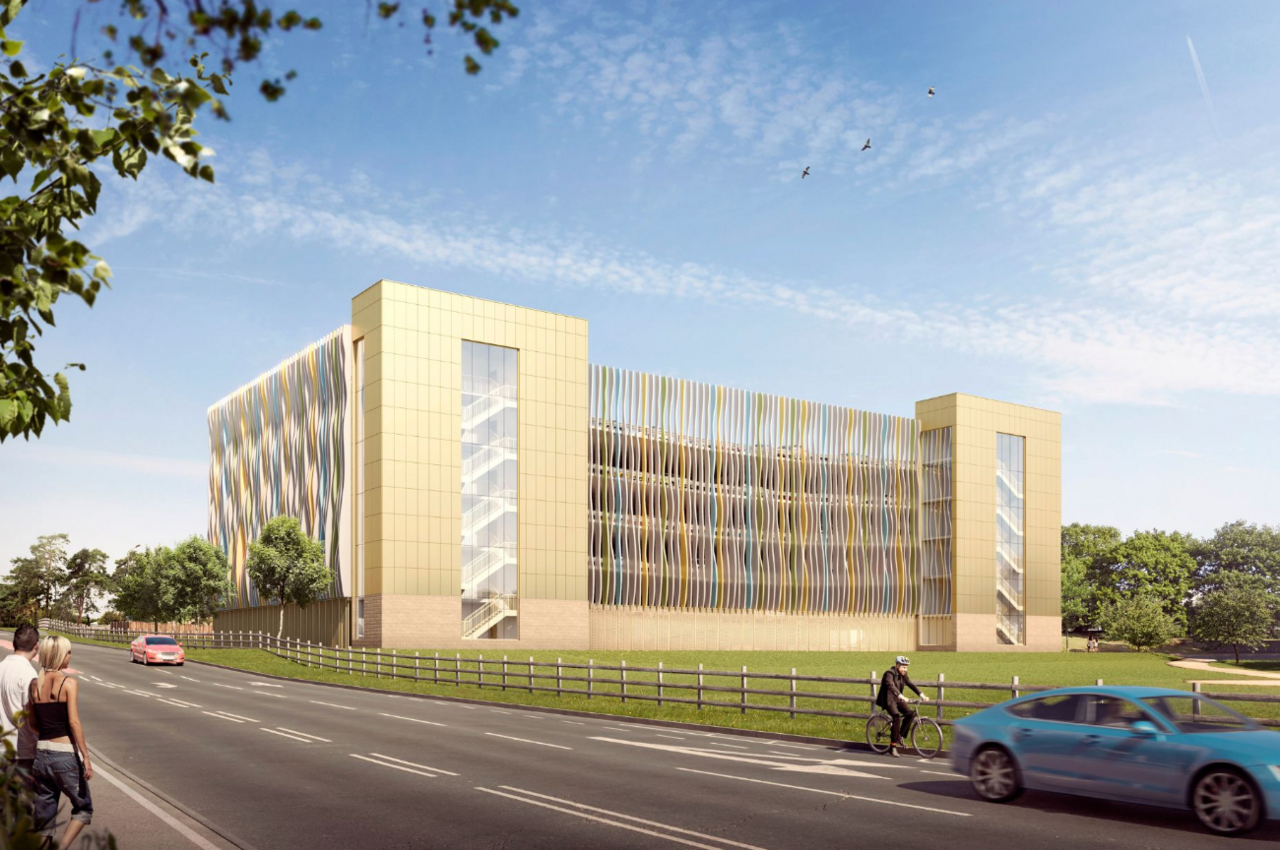
An artist's impression of the new muti-storey car park
The existing hospital was having continuous work done to it to make sure the building was safe.
Asked if replacing the hospital could wait until 2030, Mr Brooks said: "We have to believe it will be safe right up to that moment."
Some new buildings have already been completed, with a new diagnostics centre opening its doors last month.

The new Community Diagnostic Centre has new MRI, X-ray and CT scan facilities
When asked how long the new building should last, Mr Brooks said: "We know that the Victorians set out to build hospitals to last 100 years, so why can't we do the same?"
The hospital is running six public consultations, external in October and November to gather views on the design from local people.
Mr Brooks said: "It's our opportunity to hear what people want and what the difference could be in the new build."
Whilst the plans for the new hospital will be bigger, it won’t be ready until 2030.
Get in touch
Do you have a story suggestion for Norfolk?
Follow Norfolk news on BBC Sounds, Facebook, external, Instagram, external and X, external.
Related topics
Related local stories
- Published5 August 2024
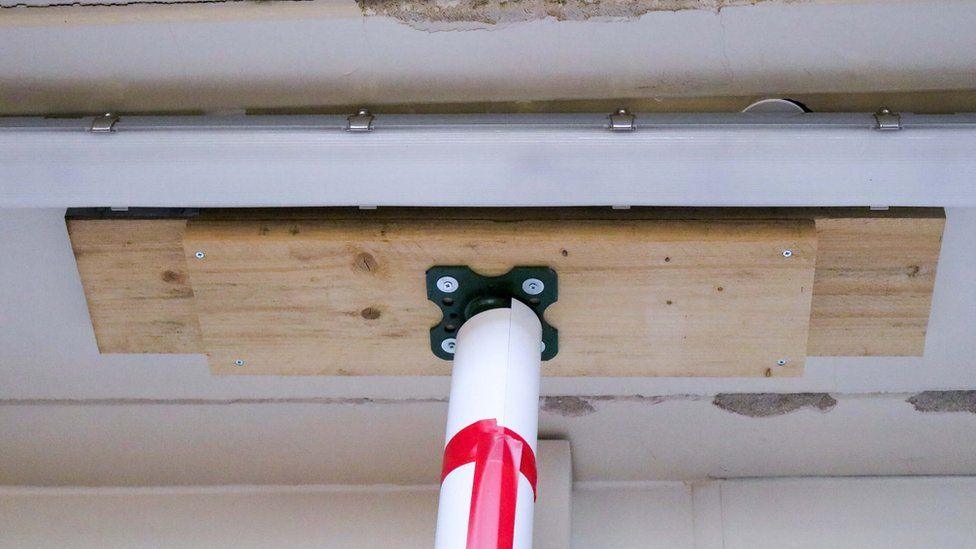
- Published13 November 2022
